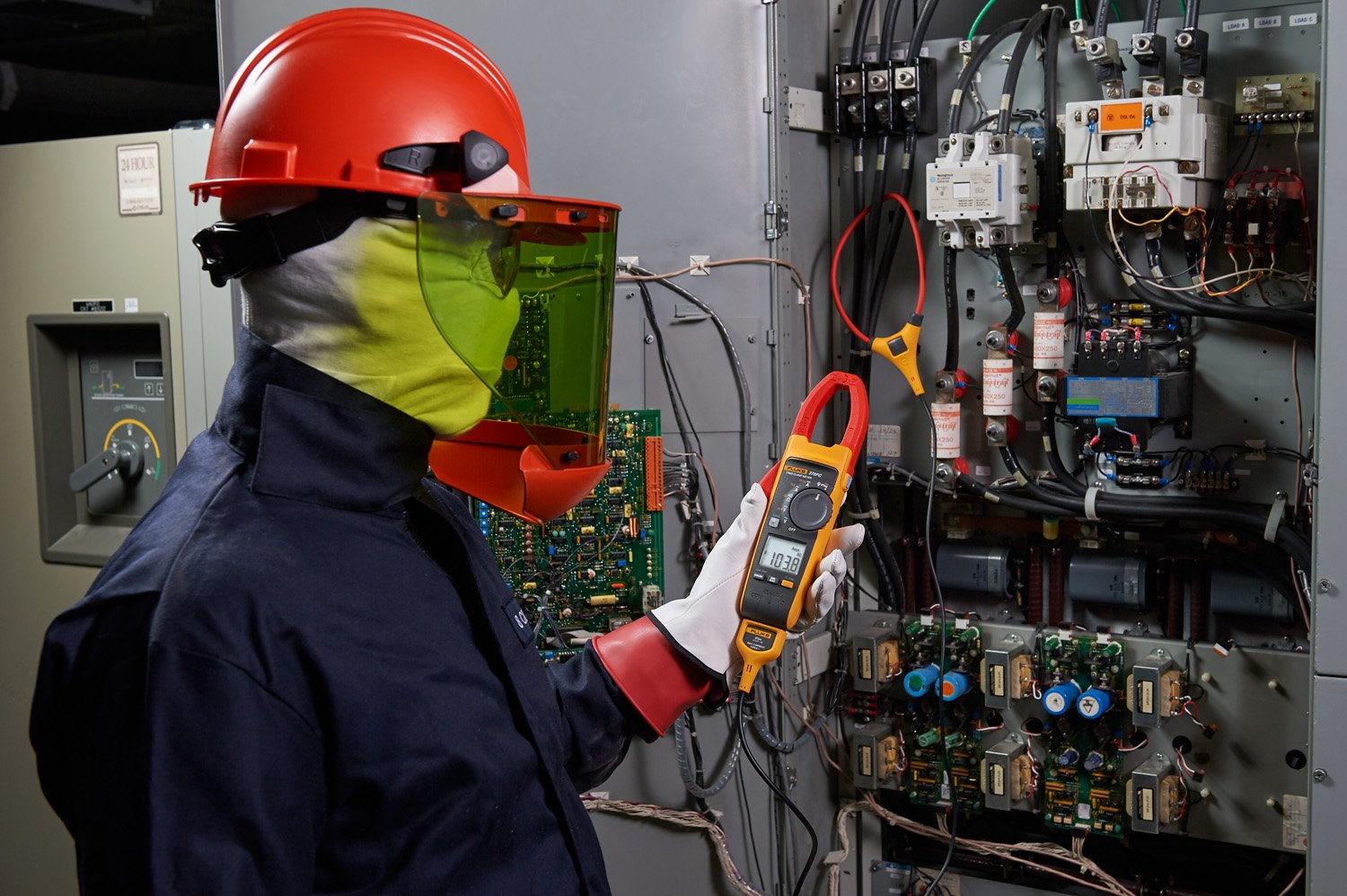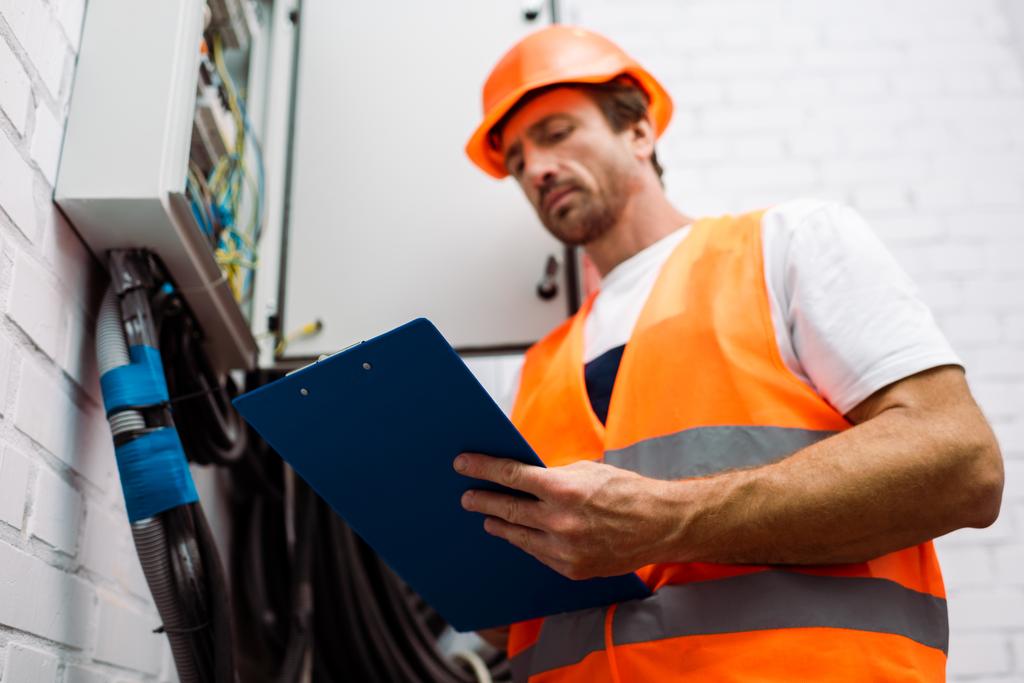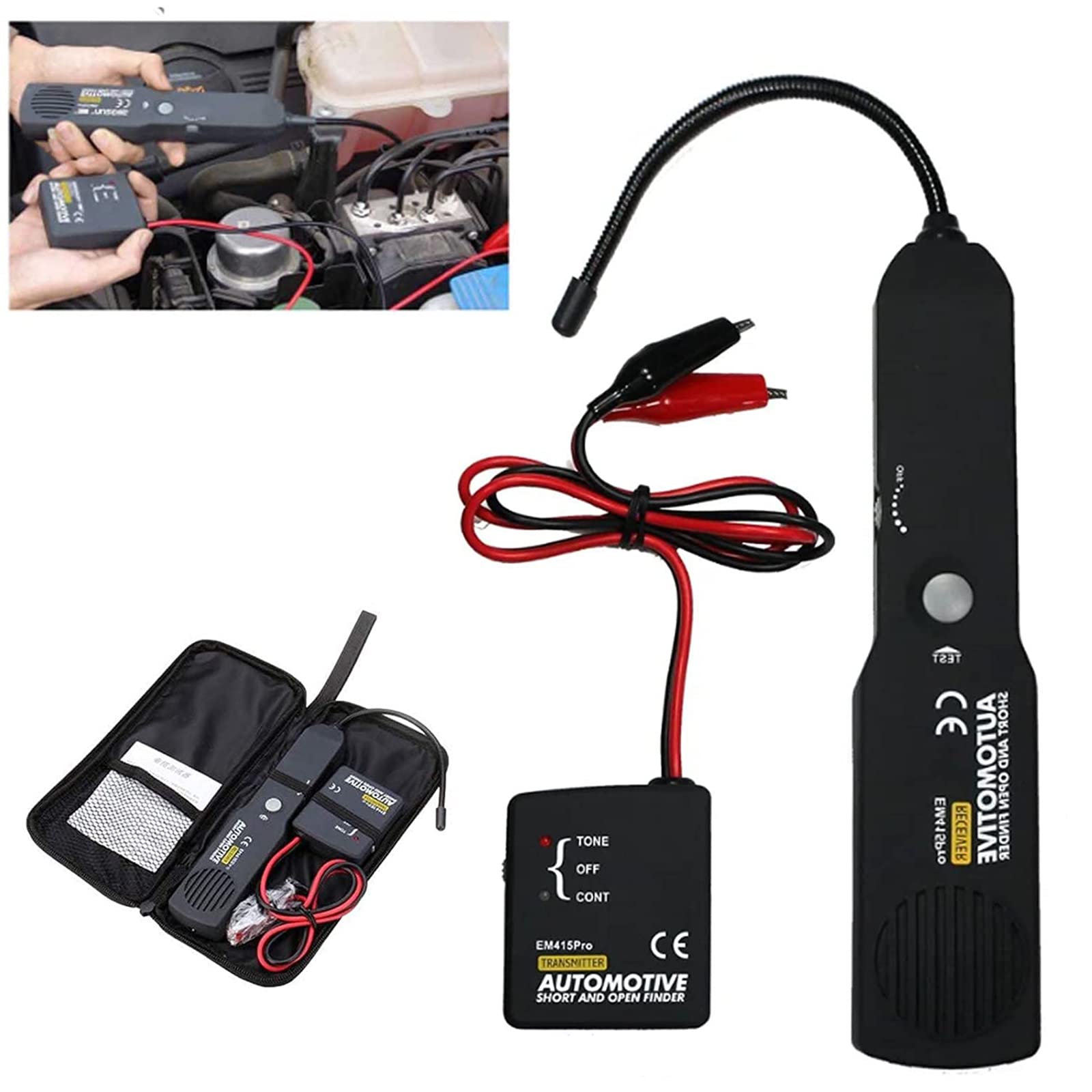July 19, 2025
Welcome to the ultimate guide for mastering electrical troubleshooting! Whether you are a seasoned professional or just starting out in the field, this comprehensive step-by-step guide will equip you with the knowledge and skills needed to tackle any electrical issue with confidence. From understanding the basics of electrical troubleshooting to identifying the most effective techniques and utilising cutting-edge technology, this guide covers it all. We will also delve into the crucial aspects of safety precautions, quality assurance, and professional development, ensuring that you are not only solving electrical problems but also providing top-notch service to your clients. With a focus on effective communication and customer satisfaction, this guide will help you build long-term relationships with your clients and establish yourself as a trusted expert in the field. So, get ready to sharpen your troubleshooting skills and take your electrical services to the next level!
Electrical troubleshooting is like being a detective in the world of electricity. It's all about solving the mystery behind electrical issues and getting everything back up and running smoothly. Whether it's a flickering light, a faulty outlet, or a malfunctioning appliance, knowing how to troubleshoot electrical problems is an essential skill for any homeowner or electrician.
Common electrical issues that often require troubleshooting include short circuits, overloaded circuits, faulty wiring, and tripped breakers. Understanding these common issues can help you quickly diagnose the problem and take appropriate action to fix it. Without proper troubleshooting skills, these issues can lead to bigger problems such as fires or electrocution hazards.
To effectively troubleshoot electrical problems, having the right tools at your disposal is crucial. These may include voltage testers, multimeters, circuit finders, wire strippers, and screwdrivers. With these tools in hand, you'll be well-equipped to identify and solve various electrical issues around your home or workplace.

Credits: fluke.com
When it comes to electrical troubleshooting, safety should always be the number one priority! It's crucial to understand the potential risks involved and take all necessary precautions. Before starting any work, make sure to wear protective gear such as insulated gloves, safety glasses, and non-conductive footwear. These items will help shield you from electrical hazards and keep you safe while on the job.
In addition to wearing protective gear, it's important to follow proper safety procedures throughout the troubleshooting process. Always turn off the power supply before inspecting or handling any electrical components. Use lockout-tagout procedures if working with live circuits, and never attempt repairs unless you are confident in your skills and knowledge of electrical systems. By taking these precautions, you can minimise the risk of accidents or injuries while troubleshooting electrical issues.
Lastly, don't forget about basic safety measures such as keeping your work area clean and organised, avoiding water near electrical equipment, and using tools specifically designed for electrical work. These simple yet effective practices will go a long way in ensuring your safety during electrical troubleshooting.

Credits: nationalsafetyinspections.co.uk
When it comes to identifying electrical troubleshooting techniques, the first step is conducting a visual inspection of all electrical components. This means carefully examining wires, connectors, and other elements for signs of damage or wear. By visually inspecting these components, you can often spot obvious issues that may be causing electrical problems.
Another valuable technique for identifying electrical issues is using a multimeter for troubleshooting. A multimeter allows you to measure voltage, current, and resistance in an electrical circuit. By testing different points in the circuit with a multimeter, you can pinpoint where the issue lies and begin problem-solving.
Lastly, testing and analysing electrical circuits is crucial when it comes to troubleshooting. This involves systematically checking each part of the circuit to identify any faults or irregularities. Testing can help determine if there are any short circuits or open circuits present, providing vital information for resolving the electrical problem at hand.
Are you ready to take charge and solve those pesky electrical issues once and for all? Get ready for an exciting journey as we dive into the step-by-step guide to electrical troubleshooting! No more scratching your head in confusion or feeling overwhelmed by electrical problems. We're here to break it down for you in a clear, systematic approach that will have you feeling like an electrician pro in no time.
The first key to successful electrical troubleshooting is the initial assessment of the problem. We'll show you how to identify the signs, symptoms, and potential causes of electrical issues. Then, it's time to roll up our sleeves and dig deep into a systematic approach that will lead us straight to the root cause. No stone will be left unturned as we methodically work through each potential source of trouble until we find the culprit behind those frustrating electrical glitches.
Once we've pinpointed the problem, it's time for action! From implementing simple solutions like changing a light bulb, to tackling more complex issues with finesse - this step-by-step guide has got you covered. Say goodbye to being at the mercy of your electrical system and hello to taking control with confidence!
When it comes to electrical troubleshooting, effective communication is key. Interacting with customers in a friendly and professional manner can help put them at ease while we work on resolving their electrical issues. It's important to actively listen to their concerns and ensure that they feel heard throughout the process.
Explaining technical jargon and complex electrical issues to non-technical clients can be challenging, but it's crucial for building trust and transparency. We strive to use simple language and analogies that our clients can easily understand, empowering them to make informed decisions about the electrical services they need. By breaking down complex concepts into digestible information, we aim to bridge the gap between technical expertise and client comprehension.
Setting clear expectations for electrical services not only helps manage customer satisfaction but also minimises misunderstandings. From outlining timelines for completion to discussing pricing upfront, transparent communication lays the foundation for a successful troubleshooting experience. We believe that open dialogue fosters a positive working relationship with our clients and ensures that everyone is on the same page from start to finish.

Credits: amazon.com
Gone are the days of manual documentation and physical troubleshooting for electrical issues. With the advancement in technology, electricians and technicians can now utilise digital tools to document electrical problems with ease. From taking photos and videos to creating detailed reports using specialised software, these digital tools have revolutionised the way electrical troubleshooting is done.
Remote troubleshooting has also become a game-changer in the field of electrical diagnostics. Through the use of video conferencing and remote access software, experts can now guide technicians on-site to troubleshoot complex electrical issues without physically being present. This not only saves time but also allows for quick problem-solving, especially in urgent situations.
Furthermore, incorporating specialised software for electrical diagnostics has streamlined the process of identifying and resolving electrical issues. These advanced programs can analyse data from various sources, detect potential problems, and provide actionable insights for effective troubleshooting. The integration of technology has undoubtedly elevated the efficiency and accuracy of electrical problem-solving.
When it comes to quality assurance in electrical troubleshooting, double-checking is the name of the game. It's crucial to meticulously review all repairs and ensure that everything has been properly fixed. This not only guarantees the immediate resolution of electrical issues but also contributes to the long-term reliability of the system.
Follow-up inspections are another vital aspect of quality assurance in electrical troubleshooting. After completing a repair or solving an issue, conducting thorough follow-up inspections can catch any potential overlooked problems and ensure that everything is functioning as it should be.
By prioritising quality assurance, electricians can guarantee that their work will stand the test of time. Ensuring long-term reliability in electrical systems requires attention to detail and a commitment to excellence in problem-solving. Quality assurance isn't just about fixing issues; it's about creating lasting solutions.
Are you ready to take your electrical troubleshooting skills to the next level? Professional development in this field is essential for staying updated with the latest industry standards and techniques. By investing in continuing education courses, you can enhance your problem-solving abilities and stay ahead of the curve.
Networking with other electrical professionals is also crucial for professional development. Connecting with experienced technicians and industry experts can provide valuable insights and new perspectives on tackling electrical issues. Joining professional organisations or attending industry events can open doors to new opportunities and help expand your knowledge base.
Embracing a proactive approach to professional development shows dedication to honing your electric troubleshooting skills. Whether it's learning about the latest technologies or mastering advanced techniques, staying current in this ever-evolving field will set you apart as a skilled and knowledgeable electrical troubleshooter.
Ensuring customer satisfaction is at the core of our electrical troubleshooting process. We understand that dealing with electrical issues can be stressful for our clients, which is why we make it a point to handle their feedback with care and attention. By actively listening to their concerns and addressing any issues that may arise during the troubleshooting process, we strive to provide a positive experience for every client.
Our goal goes beyond just fixing electrical problems; it's about building long-term relationships through quality service. We want our customers to feel confident in our abilities and trust us with their future electrical needs. Through open communication and transparent solutions, we aim to exceed expectations and leave a lasting impression on each client.
At the end of the day, customer satisfaction isn't just about completing a job—it's about creating an environment where clients feel valued and appreciated. By prioritising their needs and ensuring they are satisfied with our work, we lay the foundation for strong relationships built on mutual respect and trust.
At EA Electrics, we understand the importance of reliable and professional electrical services for local residents and businesses in South West Sydney. Our team of expert electricians is dedicated to providing top-notch electrical solutions, from installations to repairs and maintenance. We prioritise safety and quality, ensuring that all our work meets the highest standards. Whether you need electrical work for your home or business, you can trust EA Electrics to deliver dependable and efficient service every time. Let us take care of your electrical needs, so you can have peace of mind knowing that you are in good hands with EA Electrics.
Electrical troubleshooting is the process of identifying and resolving issues or problems with electrical systems, such as faulty wiring, malfunctioning appliances, or power outages.
Electrical troubleshooting is important because it helps ensure the safety and functionality of electrical systems. By identifying and resolving issues, it helps prevent electrical hazards, equipment damage, and power disruptions.
Common electrical troubleshooting techniques include visual inspection, testing with a multimeter, circuit tracing, load testing, and component replacement. These techniques help identify the root cause of electrical problems.
To troubleshoot a tripped circuit breaker, first, switch off all the appliances connected to the circuit. Then, reset the circuit breaker by flipping it to the 'off' position and then back to the 'on' position. If the breaker trips again, it may indicate an electrical fault that requires further investigation.
If you experience an electrical shock, immediately disconnect the power source by switching off the circuit breaker or unplugging the device. Seek medical attention if necessary. It's important to identify and address the cause of the electrical shock to prevent future incidents.
A comprehensive guide to electrical troubleshooting, covering the basics, safety precautions, techniques, and step-by-step instructions. It also discusses communication, technology, quality assurance, professional development, and customer satisfaction in electrical troubleshooting. The blog emphasises the importance of safety, the use of tools, and effective communication with clients. It also highlights the role of technology in remote troubleshooting and the need for continuous professional development and customer satisfaction.